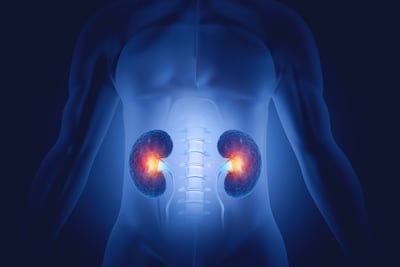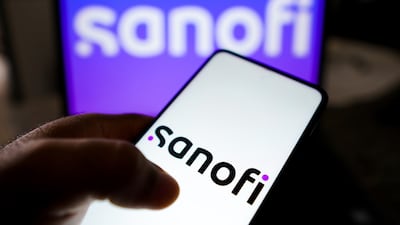
Rare Diseases
Oral RNA splicing modulator has gone into a Phase II/III trial
With two deaths in non-ambulatory DMD patients, Sarepta is attempting damage control and will ask the US FDA to advise, setting up a possible confrontation with CBER director Prasad.
First results for a first-in-class mutCALR-targeted therapy in essential thrombocythemia presented at EHA point to a lucrative future for the early-stage product.
The oral BTK inhibitor impresses in a Phase II trial for IgG4-related disease.
The first Phase III data for the CD38-targeting antibody is expected in 2027 in antibody-mediated rejection in kidney transplant patients, followed by other indications.
The Phase II TREM2 agonist is not part of Sanofi’s planned acquisition.
But the French major is still keen on early-stage M&A.
CEO Matt Gline talked to Scrip in an interview about dealmaking and the road back to commercialization.
A study of the German biotech's intravenous complement factor C5a antibody for pyoderma gangrenosum was stopped for futility.
New CEO Renée Aguiar-Lucander is marking her mark.
Zydus expects strong mirabegron sales in FY26 amid US litigation even as it builds a growth pillar in vaccines with a world-first, Gates Foundation-aided dual shigella-typhoid vaccine under development and others on the WHO prequalified list
Vyepti revenues rise by nearly 70% in the first quarter.
The therapy has been developed for GM1 and GM2 gangliosidoses and Niemann-Pick disease type C.
The company’s FcRn inhibitor nipocalimab was approved by the US FDA for generalized myasthenia gravis (gMG), where it will join a competitive market.
The companies will co-develop the drug for additional indications beyond Huntington’s disease, while Prilenia retains rights in key global markets.
The German group is paying $3.9bn to get hold of the US firm and its two approved products.
After dropping its lead program in December, Spruce has been exploring strategic options – and thinks it has a de-risked path for MPS IIIB therapy tralesinidase from BioMarin.
Lead drug GLM101 will move into its first placebo-controlled trial based on positive results in adults and adolescents with PMM2-CDG in an open-label Phase IIa study.
Results from a China Phase III trial show the potential of RemeGen's fusion protein telitacicept in generalized myasthenia gravis. But study design differences make direct comparisons with argenx's FcRn inhibitor Vyvgart challenging.
Menarini's Asia-Pacific CEO talks to Scrip about how the Italian group is tailoring its portfolio and pricing approach to local markets making strong strides in primary care and consumer health, while also charting a distinct path in rare diseases and oncology. The China market is also a key focus including as a potential source of innovation as is partnering, where the group has a rich history.


















